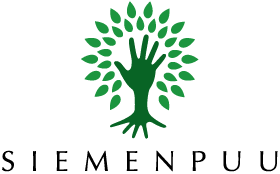The West African country of Liberia has a population of approximately 5 million people, of which the majority belongs to one of the 16 indigenous ethnic groups or clans.
Liberia is also home to extensive forests (two-thirds of the country’s land area), as well as containing the highest remaining portion (42 %) of the Upper Guinea Massif. Liberia has been regarded as one of the biodiversity hotspots in the world, with its forests hosting a tremendous variety of flora and fauna, including species with high endemism. Furthermore, nearly half of Liberia’s population lives in close vicinity to forests and depends on it for their livelihood and food security.
Several laws, such as the Community Rights Law enacted in 2009 and the Land Rights Bill enacted in 2018, grant communities control and management rights over their land and forest resources, the latter also improving women’s rights. 49 Community Forest Management Areas (CFMA) have been approved so far, covering an area of over million hectares. However, the Community Forest Management Bodies (CFMB) often lack capacity to safeguard the long-term sustainability of the community forest, and women’s participation in the decision-making on natural resource management is weak. Logging companies have often managed to take control of community forests through third party agreements, and thus undermine conservation efforts.
Siemenpuu’s role in Liberia
Siemenpuu supports projects in Liberia through the Feminist Agroecology and Community Forests funding scheme. The grants are aimed at strengthening community-based forest conservation and sustainable use, as well as agroecological farming practised by smallholders, particularly women. Forest communities’ capacity to defend their land and natural resource rights is strengthened, as well as women’s rights and leadership within the communities. Due implementation of the Community Rights Law and the Land Rights Bill is advocated.
Support granted to Liberian CSOs is expected to result in poverty alleviation by diversifying forest and smallholder communities’ sustainable livelihood options, by improving the communities’ resilience and adaptation to the impacts of climate change, by conserving forest and agricultural biodiversity, as well as by bringing women and persons with disabilities to the forefront of these processes.
